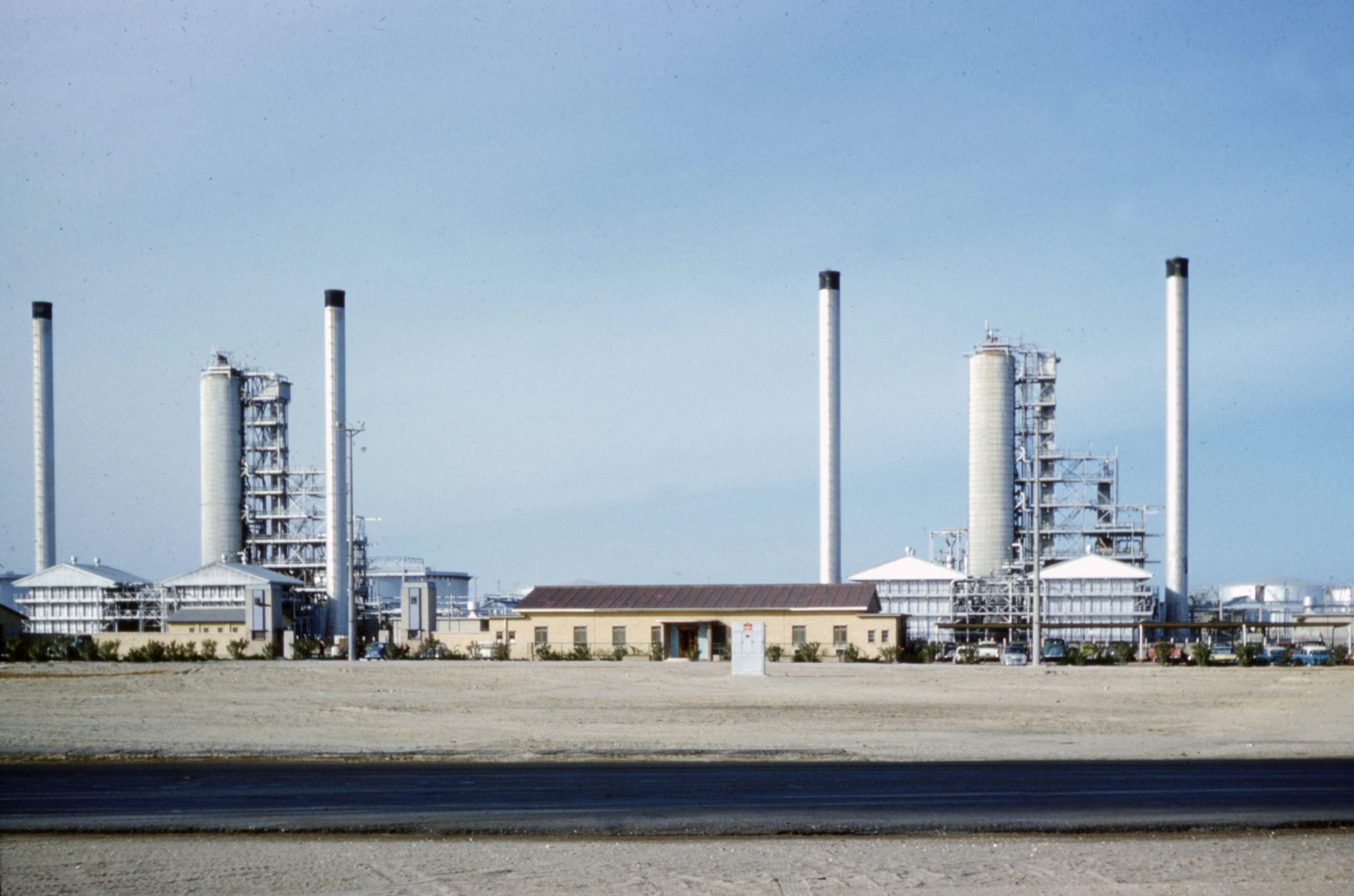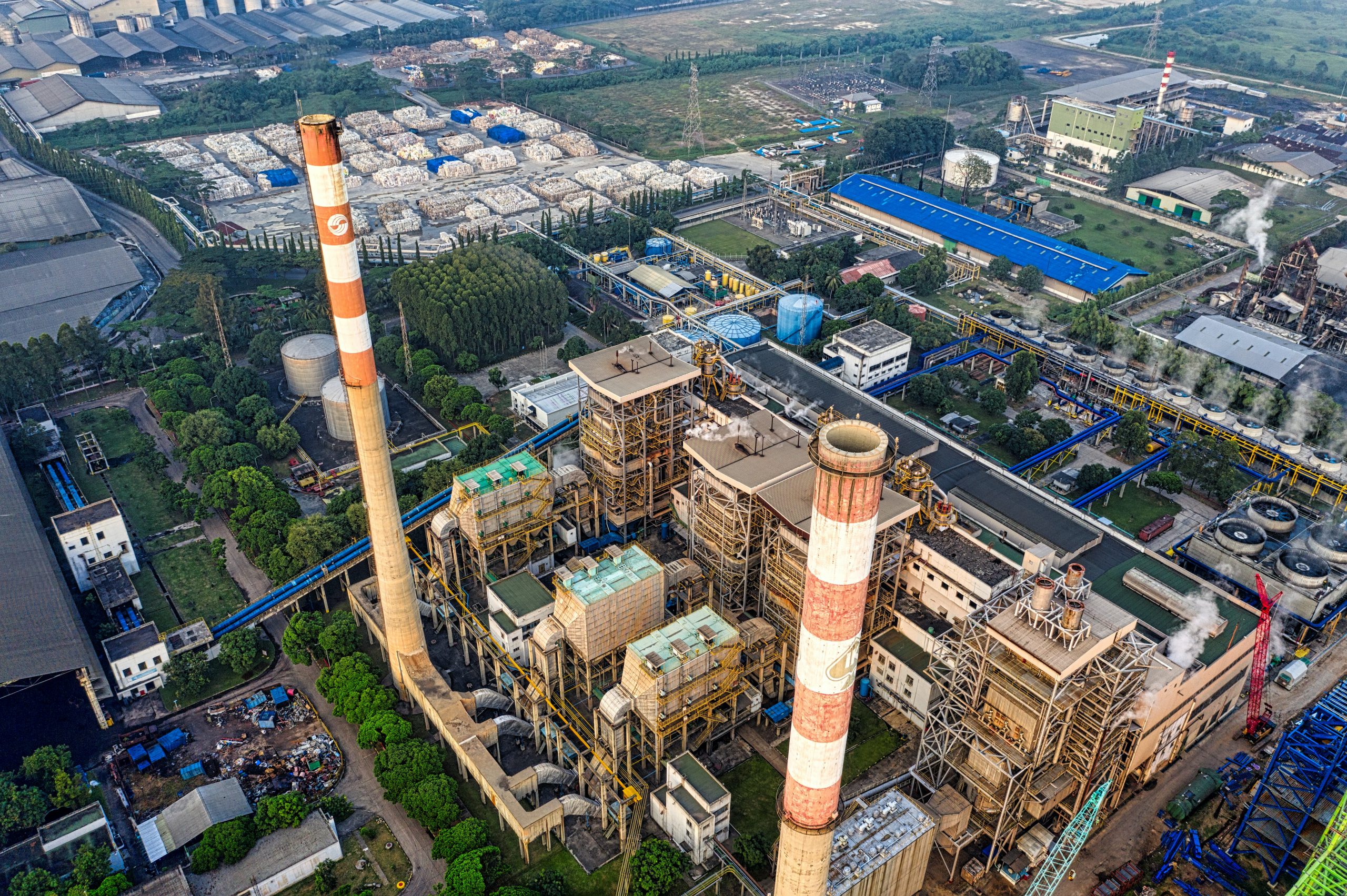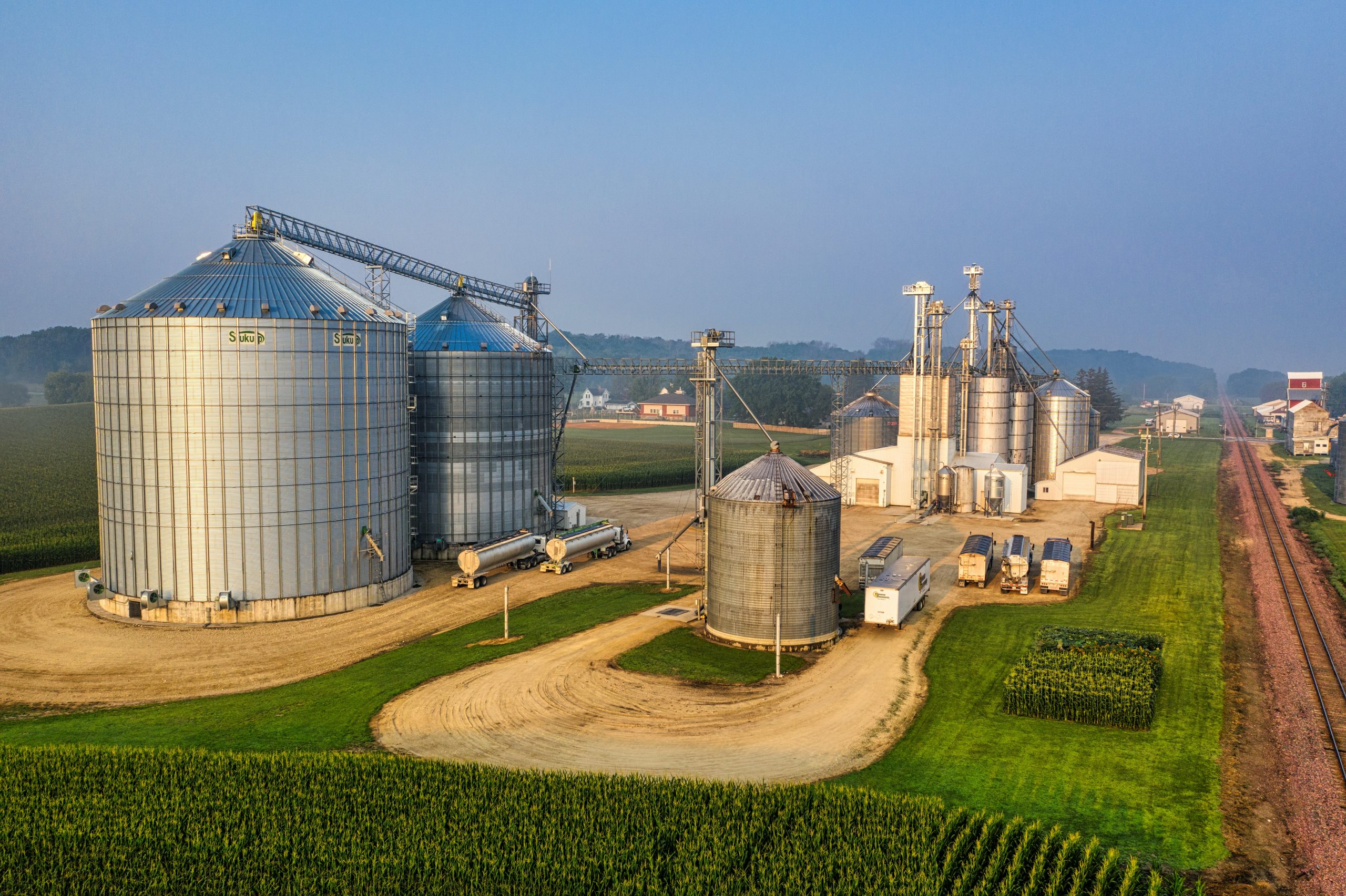
Read also: Logsheet Digital Real-Time Monitoring Tool Asset Management
In the modern, technology-driven era, manufacturing plants have undergone fundamental changes in how they operate. Digitalization and transformation have penetrated every aspect of work processes, turning conventional methods into more sophisticated and efficient approaches. This article will elucidate how digitization has permeated manufacturing plants, altering production dynamics and triggering process workflow transformation.
Evolution Towards the Digital Factory

Read also: Digital Logsheets: The Pillar of Industry 4.0 in Production
The concept of the digital factory has taken center stage in the manufacturing world. Leveraging advanced technologies such as the Internet of Things (IoT), automation, and data analytics, production plants have transformed into more connected and adaptive entities.
Workflow Transformation with Technology

Read also: Manufacturing Transformation: Digital Logsheets Production
The workflow in manufacturing plants no longer relies on conventional manual methods. Technology has permeated every aspect, from supply chains to production management. The use of IoT sensors in production machinery allows real-time monitoring, identifies potential issues, and optimizes productivity.
Utilizing Data for Decision-Making

Read also: In-Depth Data Analysis with Logsheet Digital
Digitalization has not only changed how manufacturing plants operate but also how decisions are made. Data generated from various production aspects can be processed and analyzed to support smarter decision-making. This assists management in planning maintenance, identifying efficiencies, and optimizing production.
Driving Efficiency and Quality

Read also: Digital Logsheets for Quality and Compliance in Industries
Digitalization and transformation in production plants have brought significant benefits in terms of efficiency and quality. More automated and monitored processes minimize the risk of human errors and unexpected production downtime. This contributes to increased productivity and the quality of the end product. In the context of manufacturing or production, ‘driving efficiency’ refers to using resources more wisely and effectively to produce more output at a lower cost. Meanwhile, ‘driving quality’ focuses on improving the standards of the products or services produced, including precision, durability, reliability, and customer satisfaction.
Conclusion
The fusion of digital technology and manufacturing plants has opened new opportunities and shifted paradigms. Workflow transformation not only leads to higher efficiency but also unlocks new avenues for innovation. By harnessing advanced technology, production plants become more adaptive, responsive, and better equipped to face future challenges.





comments (0)